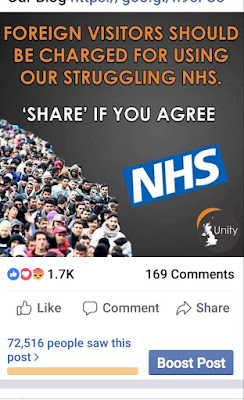Where is Belarus and is it in the EU?
BELARUS has closer political and economic ties to Russia than any of the other former Soviet republics, says the CIA.
It has an authoritarian government headed by “Europe’s last dictator”, Alexander Lukashenko, who rules with an iron fist.

Is Belarus in the EU?
Belarus is not in the European Union (EU).
The bloc is a political and economic union, consisting of 27 member states.
It operates an internal (or single) market which allows free movement of goods, capital, services and people between member states.
The EU countries are: Austria, Belgium, Bulgaria, Croatia, Republic of Cyprus, Czech Republic, Denmark, Estonia, Finland, France, Germany, Greece, Hungary, Ireland, Italy, Latvia, Lithuania, Luxembourg, Malta, Netherlands, Poland, Portugal, Romania, Slovakia, Slovenia, Spain and Sweden.
Belarus is a landlocked country in eastern Europe, bordered by Poland, Lithuania, Latvia, Russia and Ukraine.

EU relations with Belarus
Since October 2020, the EU has progressively imposed restrictions against Belarus.
It says these measures were adopted in response to the fraudulent nature of the August 2020 presidential elections in Belarus.
Also, “they were imposed in light of the intimidation and violent repression of peaceful protesters, opposition members and journalists”.
It added: “The EU does not recognise the results of the Belarus elections, condemning them as neither free, nor fair.”.
The bloc has imposed sanctions against 90 people, including Belarusian President, Alexander Lukashenko and his son and National Security Adviser, Viktor Lukashenko.
They “have been identified as responsible for repression and intimidation against peaceful demonstrators, opposition members and journalists in the wake of the 2020 presidential election in Belarus, as well as for misconduct of the electoral process,” says the EU.

What was Belarus called before and when did it become independent?
Belarus was previously known as Belorussia or Byelorussia.
Back in 1919, the Byelorussian Soviet Socialist Republic (BSSR) was created.
Although declared a sovereign communist state, it actually joined the Soviet Union three years later.
Then on September 19, 1991, the Byelorussian Soviet Socialist Republic told the United Nations that it had changed its name to Belarus.
The name of the state was adopted – the Republic of Belarus. It’s bordered by Latvia, Lithuania, Poland, Russia and Ukraine.
However, during the 2020 uprisings against President Lukashenko, the landlocked country in Eastern Europe was referred to by a different name.
In the Netherlands, the media published stories about protests in “Wit-Rusland”, which translates directly from Dutch to “White-Russia”, explains Euronews.

Some other countries, including Germany, also failed to refer to it as Belarus.
Euronews said that the Dutch Foreign Ministry regards both Belarus and Wit-Rusland as “the same country”.
The Netherlands writes Belarus on official documents, such as treaties, but Wis-Rusland also remains in use as “most of the people in the Netherlands are more familiar with Wit-Rusland than Belarus,” said a spokesperson.
The Belarusian Foreign Ministry has tweeted at international organisations – including the Council of Europe – insisting they use Belarus.

Is Belarus a dictatorship?
Belarus has an authoritarian government dominated by its current – and only – president, Alexander Lukashenko.
The leader is frequently referred to as “Europe’s last dictator” as he has ruled the ex-Soviet nation of 10 million with an iron hand for a quarter of a century.
Since his election in July 1994 as the country’s first and only directly elected president, Lukashenko “has steadily consolidated his power through authoritarian means and a centralised economic system.
The CIA said: “Government restrictions on political and civil freedoms, freedom of speech and the press, peaceful assembly, and religion have remained in place.”
He has “maintained his grip on power through a secret police and state violence” to quash dissent, says an LSE Department of Government blog.
Belarus “is no stranger to rigged elections under Lukashenko’s heavy-handed rule”, it adds.

Lukashenko infamously claimed victory in the August 2020 election, triggering widespread civil unrest – which led to a total internet blackout and shocking police brutality.
When hundreds of thousands of people took to the street to oppose his oppressive regime, the state responded with extreme violence.
Belarusian security forces arbitrarily detained thousands of people and systematically subjected hundreds to torture and other ill- treatment, Human Rights Watch said.
But, says the LSE blog, this hasn’t fully quelled pro-democracy efforts, and “Lukashenko’s support from the ruling elite is decreasing as well”.

LATEST ON BELARUS
What’s the main religion in Belarus?
Orthodox is the principal religion of Belarus, with worshippers attending more than 1,000 Orthodox churches.
Altogether, 25 religious denominations are registered in Belarus, says the Jamestown Foundation.
Non-orthodox religions in the country include catholic, protestant, Judaism and Islam
* Read the full story...This article was originally published h
Who will be Next to leave the EU? Check out who is leading in our exclusive poll Poll


Comments
Post a Comment